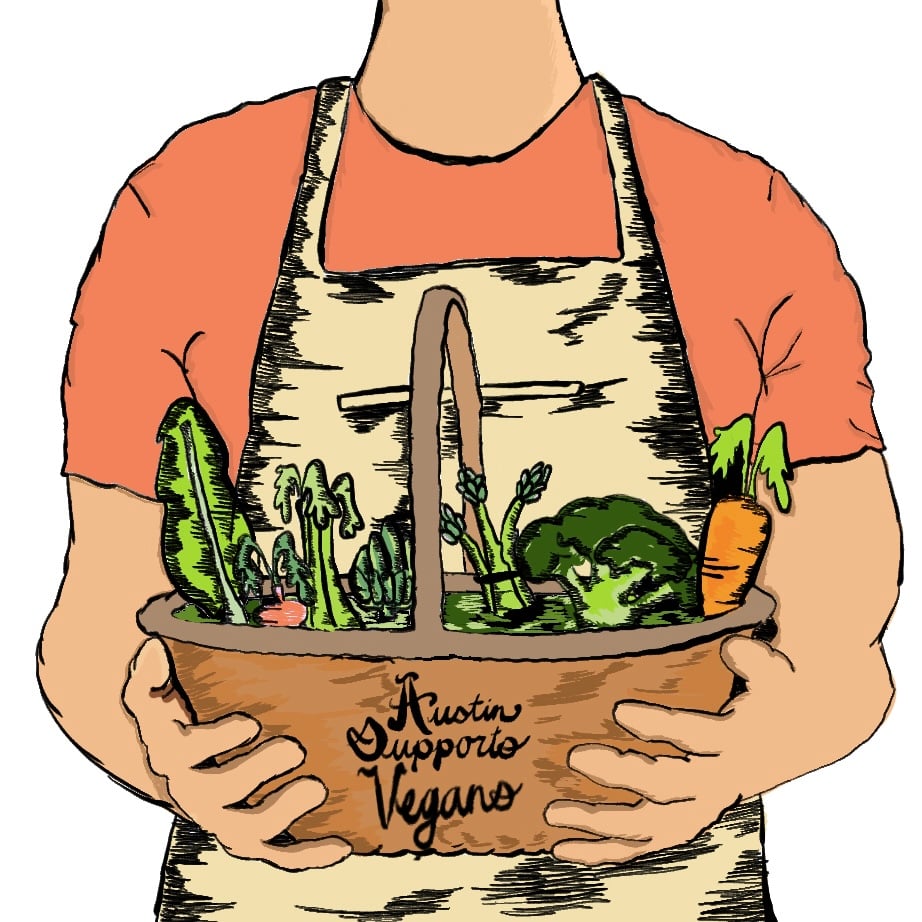The pungent smell of soured alcohol and rice spirals to the brim of the tall metal tank. Pounds of Texas’ medium grain rice swims in the pool of moldy, yeasty water near the bottom of the cylinder. After a month of fermenting in the tank, the rice mixture will become sake — a traditional Japanese alcoholic beverage.
Its first batch of rice mixture bottled and packaged, Texas Sake Company is set to begin distribution next week.
Texas Sake Company is the first sake kura, or brewery, in Texas and the first independently owned sake brewery in the U.S. Created by UT government alumnus Yoed Anis, the company had its grand opening Oct. 1 on International Sake Day, when the company debuted its organic sake for the public to taste.
Anis’ first sake experience is similar to most Americans’ — he drank hot sake at a Japanese sushi restaurant, an ordinary experience he said was neither exciting or something to be proud of.
It wasn’t until a trip to Japan during the cherry blossom season in March 2006 after college that Anis developed a serious interest and passion for the beverage.
While attending festivals in the small mountain city of Takayama, Anis said he got to appreciate sake for the atmosphere it’s designed for — festivals and religious ceremonies.
Anis returned to Texas, upgraded to drinking primarily fine sake and questioned why Texas, a state known for its rice production, does not have its own sake.
“I had this nagging question of ‘I wonder if you can make sake from Texas rice,’” he said.
Anis delved into heavy research on Texas’ rice history and brewing methods online. Then, for four years, Anis home-brewed his own sake using only local rice. The testers for those first batches included Anis’ fiancee, UT alumna Natasha Honeycutt, and family and friends.
The positive feedback on his homebrew sake from his close circle encouraged Anis to create Texas Sake Company.
“I wanted more people to try my sake and taste what a great product can come from Texas rice in a healthy and sustainable way,” Anis said.
The company’s business model revolves around sustainability — all the rice used in the sake is organically grown and the green bottles are made from recycled glass that have easy to peel labels. Texas Sake is the first organic alcohol made in Texas and is the only organic sake kura in North America.
Ultimately, though, Anis said he wanted to showcase one of Texas’ oldest exports.
“Texas has a long rice growing tradition,” Anis said. “It was one of the major cash crops in the late 1800s with cotton and cattle.”
Rice was first grown commercially in the U.S in the Carolina colony in 1685, Anis said, and thereafter, cultivation expanded westward to Texas. The rice industry easily flourished in Texas because of the state’s rich soil, clean water and stretches of land, but surprisingly, the boom in Texas’ rice industry linked back to the little Pacific island.
“The Japanese ‘discovered’ the Texas rice fields around the turn of the century and attempted to provide a new supply of rice for their growing empire,” Anis said.
On the way to the St. Louis World Expo in 1904, a Japanese agricultural delegation traveled through Texas and discovered Texas’ blossoming rice industry. The delegation sent aristocratic farmers with better rice seed, farming methods and technique to Texas, and to everyone’s amazement, the rice from Japan grew even better, produced greater yields and was easier to mill.
“By the 1920s, the majority of rice grown in Texas was from that Japanese seed,” Anis said.
Those same seeds still grow in Texas fields today. Anis sources his rice from a local farm about half an hour southwest of Houston.
In the coldest room of the kura, there are stacks of 480 white bags of 25 pounds of Texas rice. While 12,000 pounds of rice is abundant, this summer’s drought capped the amount of rice Anis could yield. At the beginning of the year, Anis put in an order for how much he wanted to buy. Typically, he could make a second or more orders throughout the year, but because of the drought, he couldn’t.
At a warehouse off of North Lamar and Nelray boulevards, Anis, the toji or head brewer, and his assistant brewer, Lino Martinez III, hand-wash the rice three times using oversized stainless steel strainers and plastic salad mixing bowls. After the rice is washed, it is steamed, dried and then added in small portions into a tank of water, yeast and koji-jin, a type of mold.
“Sake is made in a unique process that makes it neither a wine or a beer,” Anis said. “It is closer to beer making, as you are dealing with a grain with starches and not a fruit with direct sugar, so you have to get that starch to covert to sugar.”
Naturally fermented and normally not distilled, sake can be brewed up to 20 percent alcohol but typically is only slightly more alcoholic than wine, which is at 16 percent alcohol.
Producing at a higher quantity and quality obviously has its adjustments for the pair. Each bottle of Texas Sake is 720mL and each tank fills 500 to 700 containers. Martinez said that timing is probably the biggest hurdle they had to overcome.
“Timing is very critical in making sake,” Martinez said.
From cooking and stirring the rice mixture, to cleaning the four metal tanks, to making sure no unwanted mold grows, to hand-washing and labeling each green glass bottle, Anis and Martinez do all the production work themselves.
“We’re definitely thinking about expanding because even right now, me and Yoed, we’re constantly busy with so much to do,” Martinez said. “We’re making small batches right now, so if the demand is really for it, then we need to bring in a lot more people.”
Etiquette for sake drinking includes making sure friends and guests’ cups are never empty, always using two hands to hold cup when receiving a pour and saying “kampai” for cheers. The ultimate blunder Americans often make, Anis said, is mixing or downing sake. The best way to drink sake, he said, is to sip it.
“Sake is made to be enjoyed, not shot or bombed,” he said.
Printed on Monday, October 17, 2011 as: Alumnus opens organic sake brewery




















